The very touch of Cashmere on your skin feels so luxurious. Its velvety soft and like a wisp of fresh air. It evokes poetry in all our minds; it’s a warm, comforting hug in the biting cold. Yes, it’s exactly that. No wonder, its warm and luxe nature has been patronized since time immemorial by nobility and the upper social strata. Cashmere is like wine, it gets better with age and intoxicates you with its sublime softness and dreaminess.
What is Cashmere?
Cashmere is something we would love to define. Its beauty and grace are far from defining in words. Yet it needs to be elucidated to the common man, who is unaware of this treasure around him. Cashmere is the fine and soft down fibre of a rare species of goat which is found in the Ladakh area of Jammu and Kashmir. It is found at a place called Changthang, which lies in the Himalayan mountain ranges. This place lies at an altitude of over 15000 feet above sea level.
The place offers the harshest conditions because of its distance from the main city. Also, the freezing temperature it witnesses in winters. The herders somehow manage their survival in this area, but the goats would not have if nature wouldn't have blessed them with Cashmere. It is this warm and exceptionally comfortable wool that protects their bodies from the temperature of -40 degrees.
Processing Cashmere in Kashmir
Seeing the softness and luxurious demeanour of Cashmere, in the 16th century, Shah E Hamdan ordered socks to be made for the then king of Kashmir. The king was highly impressed by the gift. He immediately ordered manufacturing and processing units to be set up in the valley. It is from that time that Cashmere wool was transported from Ladakh to Kashmir, where skillful hands awaited. Kashmiri artisans had been trained by Persian craftsmen in various crafts, including Pashmina shawl making. Pashmina is the art of transforming raw Cashmere wool into luxury shawls and scarves. Ladakh lacked resources and labour. Hence Kashmir took the responsibility to own the processing and honour of producing opulent Pashmina shawls till now.
The Glory
As soon as the news spread all over the world, Europeans visited Kashmir in groups to have a look at this newly discovered wool type and fell in love instantly with its fine texture, lightweight and immense warmth. They took some pieces to their own countries and soon Pashmina shawls became world-famous. In the beginning, Pashmina shawls could only be afforded by kings, nobles, and the royal members of the courts. Affluent individuals as well as the ardent patrons of art too invested in at least one Pashmina shawl, and its fame rose to an all-time high when Napoleon gifted his wife a Kani Pashmina shawl, and she wore and owned a few hundred, setting it to a timeless fashion. The entire world was swooned by Pashmina art, and everyone wanted to see if not own one.
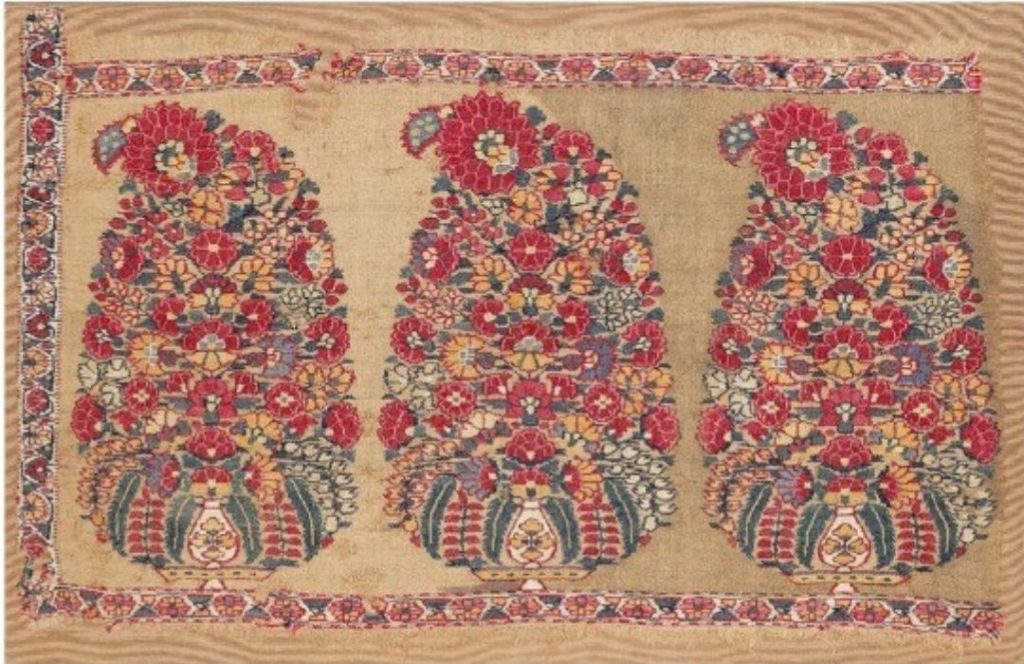
Seeing the entire world fascinated by its glory made some traders use deceptive techniques to make money. They made Pashmina shawls over machines which included mixing Cashmere fibre with strengthening nylons and sold the same as pure Pashmina shawls. Besides these shawls were cheaper and featured an artificial shine, which they claimed is because of the finest quality of the shawl. Customers fell for this trick, but reality hit them hard when these shawls weathered within a year. As a result, customers believed that it is the art that has lost its grace and hence never purchased Pashmina shawls again. The art lost relevance, and cheaper alternatives took over.
Where to buy pure Pashmina from
However, there still are a number of Pashmina promoters who manufacture pure Pashmina and sell the same at comparatively high prices. And its true admirers do invest in the same. But customers are in a dilemma. Should they buy Pashmina? Should they invest in this long forgotten traditional asset? Why is so special about Cashmere fibre?Some believe that Cashmere isn’t expensive and can be bought off the shelves of fashion brands that are selling it at economical prices. If you’re one of those who’ve been lured by this practice, there’s a bubble about to be burst. You do own a Cashmere wrap, but not a genuine one.
Pashmina.com is a place where you can genuinely Buy Cashmere Scarf and Cashmere Shawls Online.

Let’s get this straight. Cashmere is expensive and rightly so. It is a work of art through and through and nothing less than a labour of love. It ticks all the right boxes when it comes to sustainability and unlike a lot of other apparel won’t wear out for a lifetime if you take good care of it.
Here are five reasons why Cashmere is genuinely expensive
1. The King of Fibres
Cashmere has been called the ‘king of fibres’ for a reason, since it is the most luxurious and treasured of all yarns. The journey of Cashmere begins in the highlands of Kashmir, where indigenous capra hircus goats reside. The sub-zero temperatures, soaring altitudes, and harsh winds trigger the growth of the diamond fibre, which comes from the downy undercoat of these rare species of goats.
The name cashmere comes from the old spelling of Kashmir, which is the source of origin for this luxurious yarn. According to the historian Michelle Maskiell, who is also the author of “Consuming Kashmir: Shawls and Empires, 1500-2000,” describes that from the 1500s to as late as the early 1900s, Iranian and Indian emperors used Kashmiri shawls in political and religious settings. For instance, in a Mughal Indian court, presenting a Cashmere shawl represented a hierarchy.
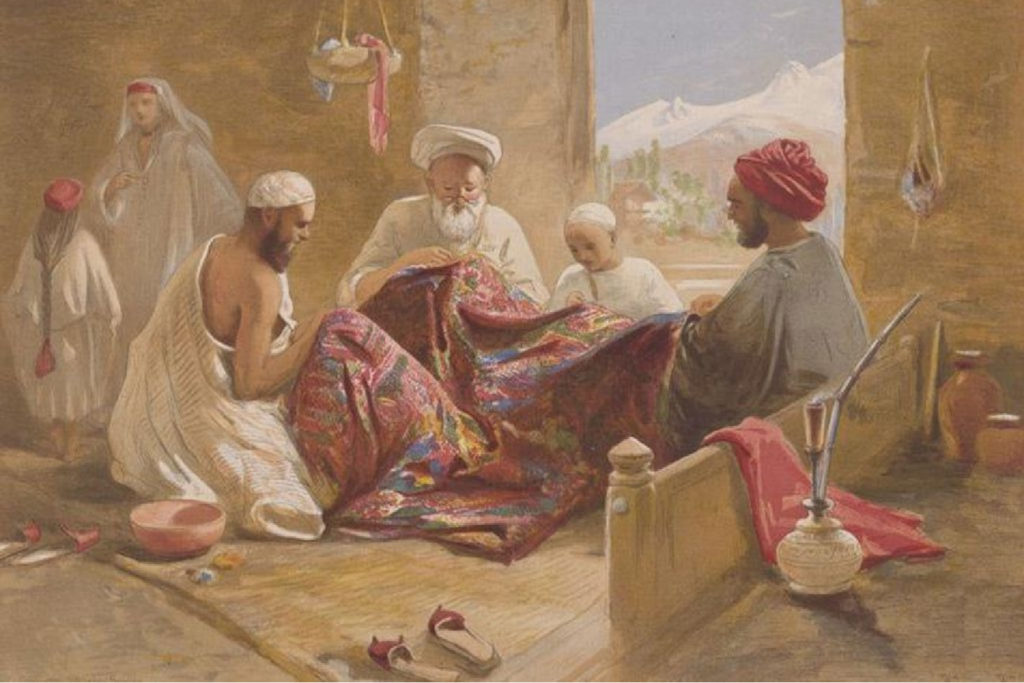
2. The prized capra hircus goats
As we already know these goats are rare and found in the higher climes, but what’s even more rare is the limited quantity of the fleece it produces. A single cashmere goat does not produce this sheer fibre in bulk. You can get anywhere between six and eight ounces from a cashmere goat initially, but once the fibre is processed, you are not likely to get more than four ounces back. It takes 3-4 goats to produce wool enough to make one shawl. The goat grows this precious fleece after 6 months of harsh winter.
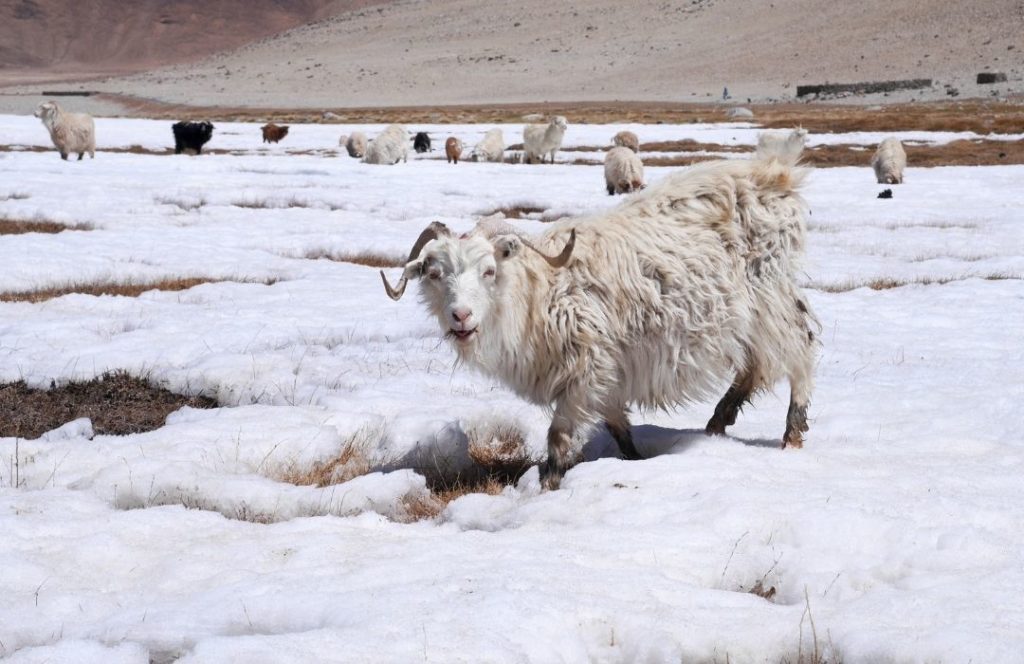
In comparison to yearly production of sheep wool, which is over 2,000,000 metric tons, the production of Cashmere in a year is about 6,500 metric tons annually.
Rarity a big reason why this fibre is so expensive!
3. Blood, sweat, toil
Cashmere fibres are manually sorted, cleaned and hand spun before the weaving process begins. The undercoat of these coats that is sheared or collected is a greasy mess and has dandruff and other impurities. To clean it and sort out these unwanted elements, it takes longer than you can imagine. The local herders carefully comb the hair to harvest the undercoat and then the good fibre is separated from the bad, which then completes the sorting procedure.
It is only then that the weaving begins, which is equally demanding and painstaking. It takes several months to a year for these gifted artisans to work their magic on wooden looms and weave a masterpiece.
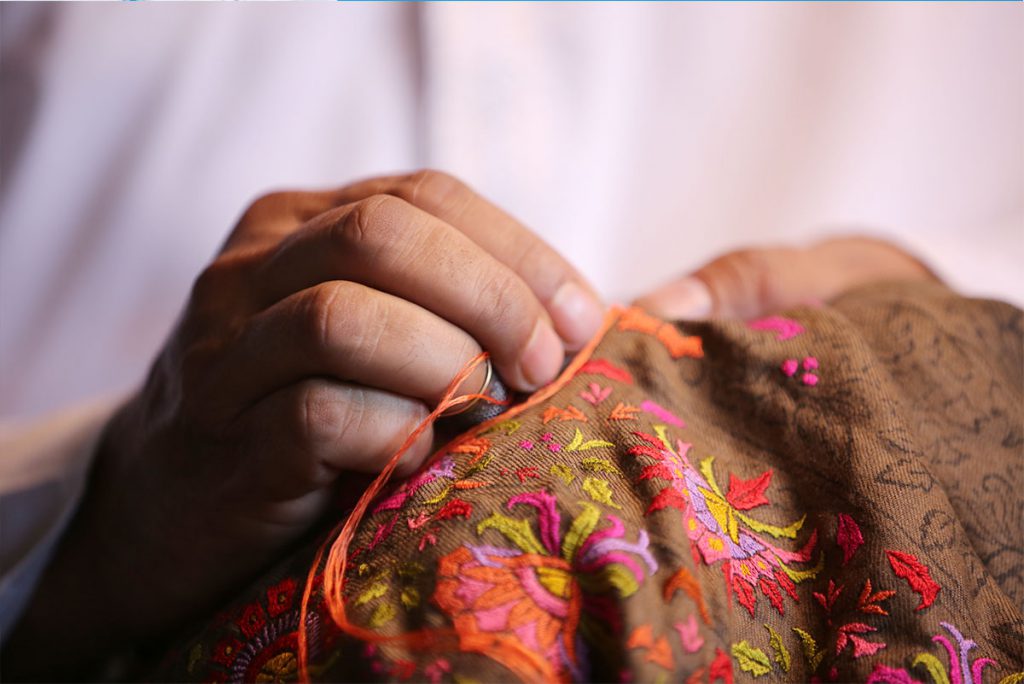
4. Superb quality and exceptional warmth that’ll win you over
Now that you already know its origin and how labour-intensive the process is, you can assume the quality of this fibre. Did you know? A cashmere fibre is less than 15 microns in diameter. Yes, you heard it right. Let’s put things into perspective now; the human hair is about 80 microns, so cashmere is five times finer than human hair. Besides, the fiber isn’t straight, so when it’s woven, it doesn’t itch. This is the reason why it is also preferred as a baby blanket, who feel comfortable in its warmth and softness.
Oh, and there’s another interesting fact! Cashmere is up to 8 times warmer than clothes made from sheep wool. We did know it’s a natural insulator, but this does come as a surprise. What’s best is that it’s much lighter than wool!
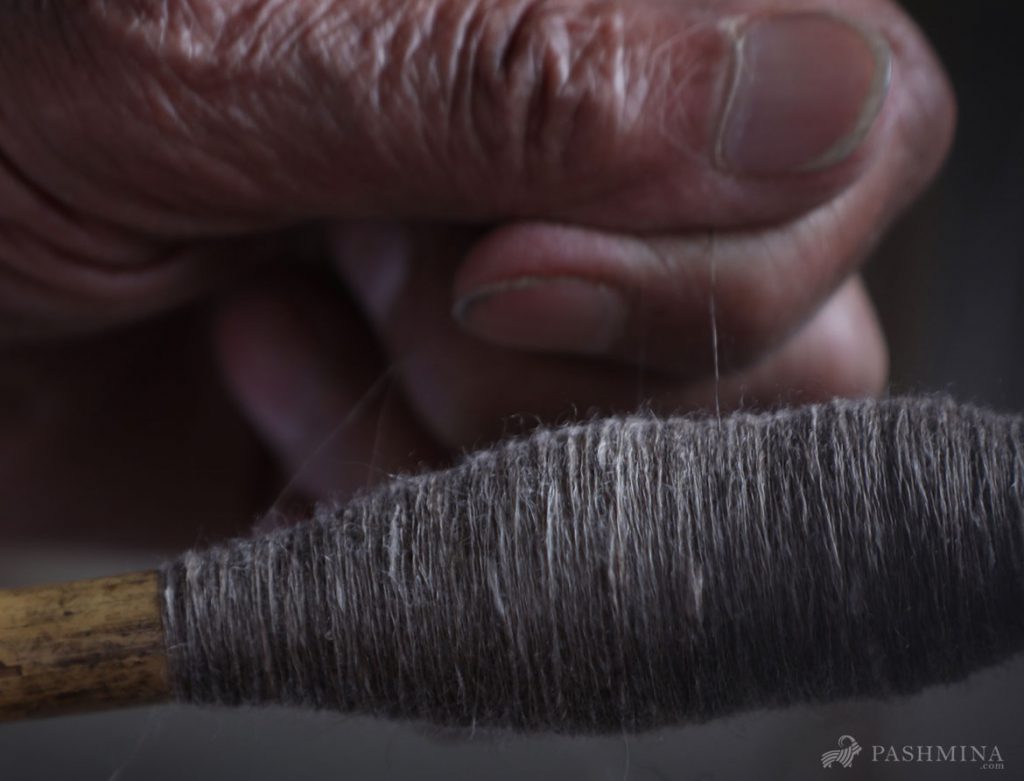
5. As timeless as ever
When you buy a Cashmere wrap, you know you are buying it for a lifetime. It’s a timeless fashion choice and will never get old, since it exudes elegance and class like no other. It’s the epitome of sustainable fashion, so you know your money is going in the right place, since it’s the blood, sweat, tears of the artisans that has gone into making your product. And like we earlier said, it’s like wine. Why? Because it gets softer with each wash, just like wine gets better with age. Isn’t that a valid comparison?
Shop a Cashmere wrap and reap rewards for life. After all, as John Varvatos, an American contemporary designer puts it, ‘style is timeless. It transcends generations - it's enduring. If you're thinking about fashion, it's of the moment. And that doesn't mean that it's not important at times to embrace trends and that type of thing, but style is less about trends than it is about how you carry yourself’.
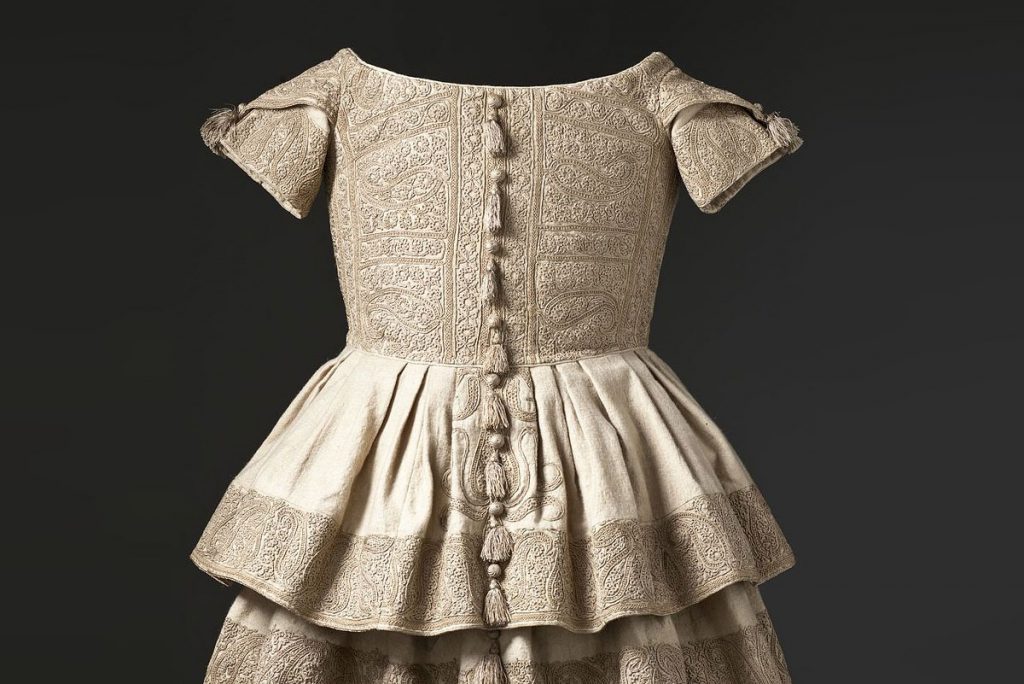
Limited Production
The Pashmina goat wool is acquired in Spring and summer season and the sale has to start in winter. As the moulting is season specific, manufacturers have to wait for an entire year to receive the raw material. Hence its limited production makes it more valuable.
This delay is carried forward to customers, as they too have to wait for their custom made shawls to reach them. Sometimes elaborate embroidery shawls are completed in a few years. As soon as such pieces reach the market, they sell at a gallop. Hence customers have to be really quick to buy, or else it would take a few more years to manufacture certain heritage pieces. Kani shawls, Embroidered Jamawar shawls, and Tilla dozi pieces are a few examples of unique, and exclusively made shawls.
Beware of Fake Cashmere
More than pure Cashmere, fake Cashmere has been doing rounds amongst sellers and customers. But the audience has to remain alert and amass as much knowledge as is possible.
If you already own a Pashmina, get it checked, there are several tests which can be done at home.
If you are buying a new wrap, ask the seller for is certification or look fir the GI mark on the shawl.
Also read: 7 tests to identify genuine pashmina
Pure Pashmina, Certified Cashmere at Pashmina.com
We, at Pashmina.com, are one of the world’s largest curators of pure and handcrafted Himalayan cashmere wraps. Each of our pieces epitomizes the highest levels of quality and royalty and will make you feel no less than nobility yourself. Our range of Cashmere shawls, stoles, scarves, and wraps will enrapture the world with its beauty and softness. It’s not just the beauty and exquisiteness that we are concerned about; credibility is what sets us apart from the rest. Our pieces are first painstakingly handcrafted with the finest designs and reflect the highest quality of craftsmanship. After this meticulous craftsmanship sees the light of the day, it is sent for quality assurance to the Crafts Development Institute, Ministry of Textiles as part of Govt of India that certifies each product. After all, you deserve a product that’s as warm and real as you!